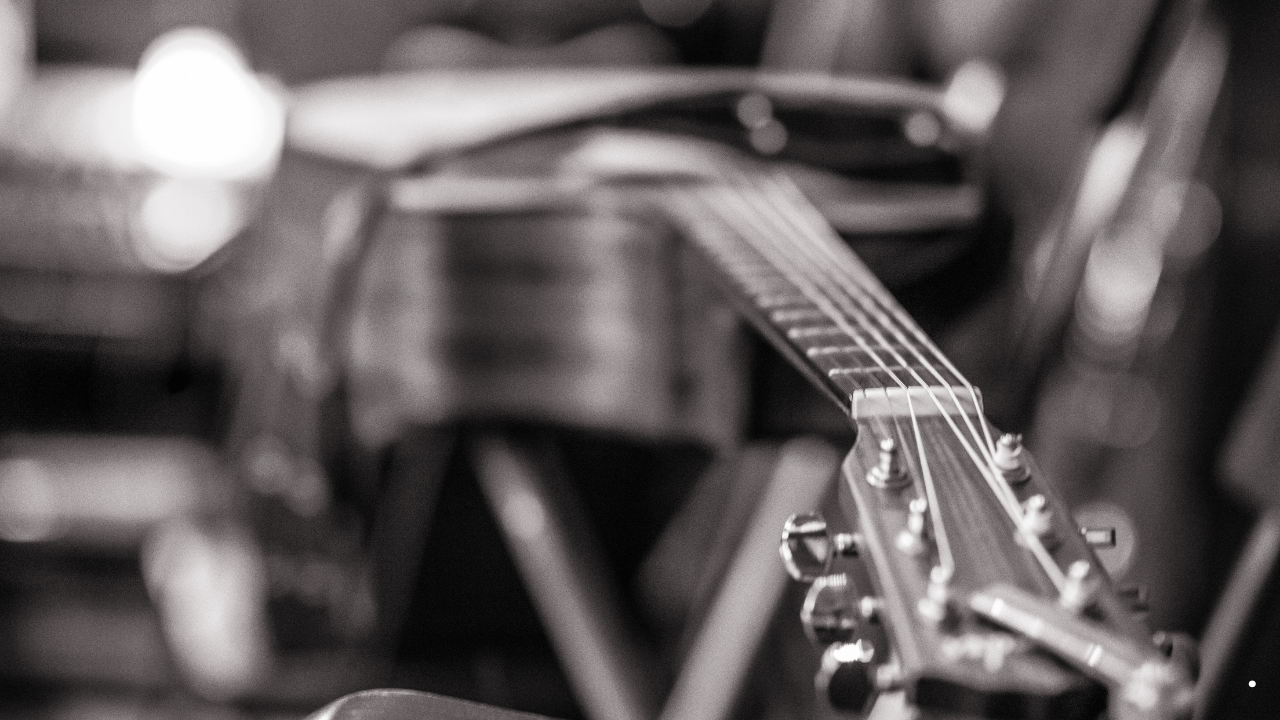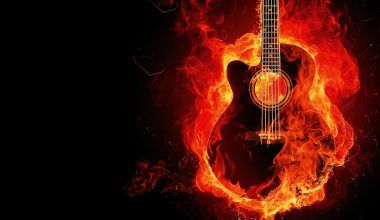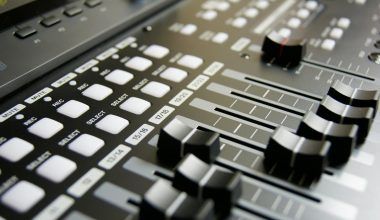Music has always been a universal language that connects people. One of the most dynamic and creative aspects of music is the art of jamming. But what is the jam music meaning, and why is it significant in the world of music?
Jamming refers to the spontaneous creation of music, where musicians come together to improvise, explore, and experiment without the constraints of a predetermined structure. In this blog, we’ll dive deep into the meaning of jam music, its origins, techniques, and influence on different genres.
What Is the Meaning of Jam Music?
At its core, the jam music meaning lies in collaboration and improvisation. Jamming allows musicians to express themselves freely, creating unique and unrepeatable musical experiences.
Key Characteristics of Jam Music:
- Improvisation: Unscripted music where creativity flows naturally.
- Collaboration: Multiple musicians contribute their skills and ideas.
- Exploration: A chance to experiment with new melodies, rhythms, and harmonies.
- Freedom: No rigid structure, allowing for spontaneous musical expression.
The History of Jam Music
To fully understand the jam music meaning, we must explore its historical roots. Jamming has existed in various forms across cultures and eras.
1. Jazz Beginnings
Jazz musicians in the early 20th century were pioneers of jamming. Improvisation became a central feature of jazz, with artists like Louis Armstrong and Duke Ellington leading the way.
2. Blues Influence
Blues music also played a crucial role in shaping jam sessions. Artists like Muddy Waters and B.B. King would often extend their songs during live performances, adding improvised solos.
3. Rock and Roll Era
In the 1960s and 70s, rock bands like The Grateful Dead and Led Zeppelin popularized jamming in live concerts, creating extended musical pieces that captivated audiences.
4. Modern Jam Bands
Bands like Phish and Dave Matthews Band continue the tradition of jamming, blending multiple genres and attracting devoted fanbases.
How Jam Music Works
Jamming is not just random noise; it requires skill, intuition, and a deep understanding of musical elements. Here’s how it typically works:
1. Starting Point
A jam session often begins with a simple chord progression, riff, or beat. This serves as the foundation for improvisation.
2. Listening and Responding
Musicians actively listen to each other, responding with complementary melodies, harmonies, or rhythms.
3. Building Layers
As the session progresses, layers of sound are added, creating a rich and dynamic musical experience.
4. Ending Naturally
Most jam sessions conclude organically, often fading out or resolving into a satisfying conclusion.
Genres That Embrace Jam Music
Jamming is not limited to a single genre. The jam music meaning evolves across different styles:
1. Jazz
Jazz thrives on improvisation, with musicians often taking turns to showcase their solos.
2. Blues
Blues jams focus on emotional expression through extended guitar solos and vocal improvisation.
3. Rock
Bands like Pink Floyd and The Allman Brothers Band have elevated jamming into an art form, combining structure with spontaneity.
4. Folk and Bluegrass
In folk and bluegrass, jamming often involves acoustic instruments and communal storytelling through music.
5. Hip-Hop
Freestyle rap is a form of jamming where artists improvise lyrics over a beat, showcasing their lyrical prowess.
Benefits of Jamming for Musicians
The jam music meaning extends beyond entertainment. It offers several benefits for musicians:
1. Improved Creativity
Jamming pushes musicians to think outside the box, fostering innovation.
2. Better Communication
It enhances non-verbal communication skills, as musicians rely on cues and intuition.
3. Skill Development
Regular jamming hones technical skills and adaptability.
4. Building Connections
Jam sessions bring musicians together, creating a sense of community and collaboration.
How to Start Jamming
If you’re intrigued by the jam music meaning, here’s how to get started:
Step 1: Gather Musicians
Find like-minded musicians who share a passion for improvisation.
Step 2: Set a Basic Framework
Start with a simple chord progression or rhythm to guide the session.
Step 3: Experiment Freely
Don’t be afraid to make mistakes. Jamming is all about exploration.
Step 4: Record and Reflect
Recording your sessions helps you identify what works and what can be improved.
Famous Jam Sessions in History
Some legendary jam sessions have defined the jam music meaning:
1. The Million Dollar Quartet
Elvis Presley, Johnny Cash, Jerry Lee Lewis, and Carl Perkins came together for an impromptu jam session in 1956, blending rock, country, and gospel.
2. Woodstock Festival
The Grateful Dead’s extended jams at Woodstock in 1969 showcased their improvisational mastery.
3. Jazz at Massey Hall
This 1953 concert brought together jazz legends like Charlie Parker and Dizzy Gillespie for an unforgettable jam session.
The Role of Technology in Modern Jamming
Today, technology has expanded the jam music meaning with tools like:
- Loop Stations: Allow musicians to layer sounds during live performances.
- Virtual Jam Apps: Platforms like JamKazam enable online jam sessions.
- DAWs: Digital Audio Workstations allow for digital improvisation and collaboration.
Conclusion
The jam music meaning goes beyond mere improvisation. It’s a celebration of creativity, collaboration, and the joy of making music together. Whether you’re a seasoned musician or a beginner, jamming offers endless opportunities for growth and connection.
Related Articles:
For further reading, explore these related articles:
- Justin Bieber Spotify Streams: A Record-Breaking Journey
- Spotify for Brands: Transforming Marketing with Music
For additional resources on music marketing and distribution, visit Deliver My Tune.





